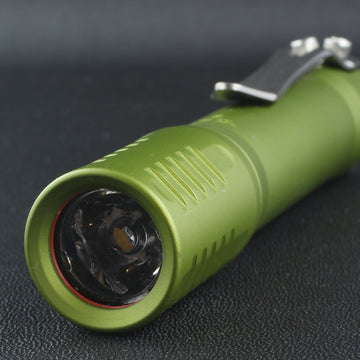Everyone uses lithium-ion cells safely everyday. That safety is engineered into high quality devices and the batteries that run them.
There’s one more important part of battery safety to talk about though and that is...Charging!
You may think: “What's the big deal? Push some power into it and it’s all good.” And you’re right, you can do that and the cell will charge but incorrect charging can cause fires or explosions.
What constitutes correct charging?
The first step is to buy a high-quality charger. That will take care of everything for you. I could just end with a charger recommendation right here and call it good, but that’s no fun 😂.
A Li-ion battery needs to be charged in a very specific way to be safe. Your charger needs to be able to monitor the cells condition and change charging strategies as it goes.
First it needs to be able to Li-ion detect if you’ve put the cell in backwards, called reverse polarity protection - This stops the cell from shorting out and causing a fire or explosion.
The first step in charging a cell is the constant current step. This is where a steady current is fed to the cell and the voltage is gradually increased until the cell hits 4.3V. More than 4.3V can cause fire and explosion.
At this point the second phase kicks in - Constant voltage. In this phase, the charger holds the 4.3V steady and decreases the current until it hits about 3% of the initial charge current. At this point the charger will stop charging.
Some chargers will ask you to set the charging current. I had one like that for a while😝🤢. You’ll need to look that up on the cell manufacturer’s website. I switched to a nicer charger that takes care of all that for you.
The subject of cells is complex and I could go on for weeks and weeks. If you want to learn more about Li-ion cells, a quick google search will yield a mountain of data for you.
Come join my group to stay up to date with what I’m working on https://www.facebook.com/groups/focusworks
How to Speak Flashlight: Chargers

Tags: